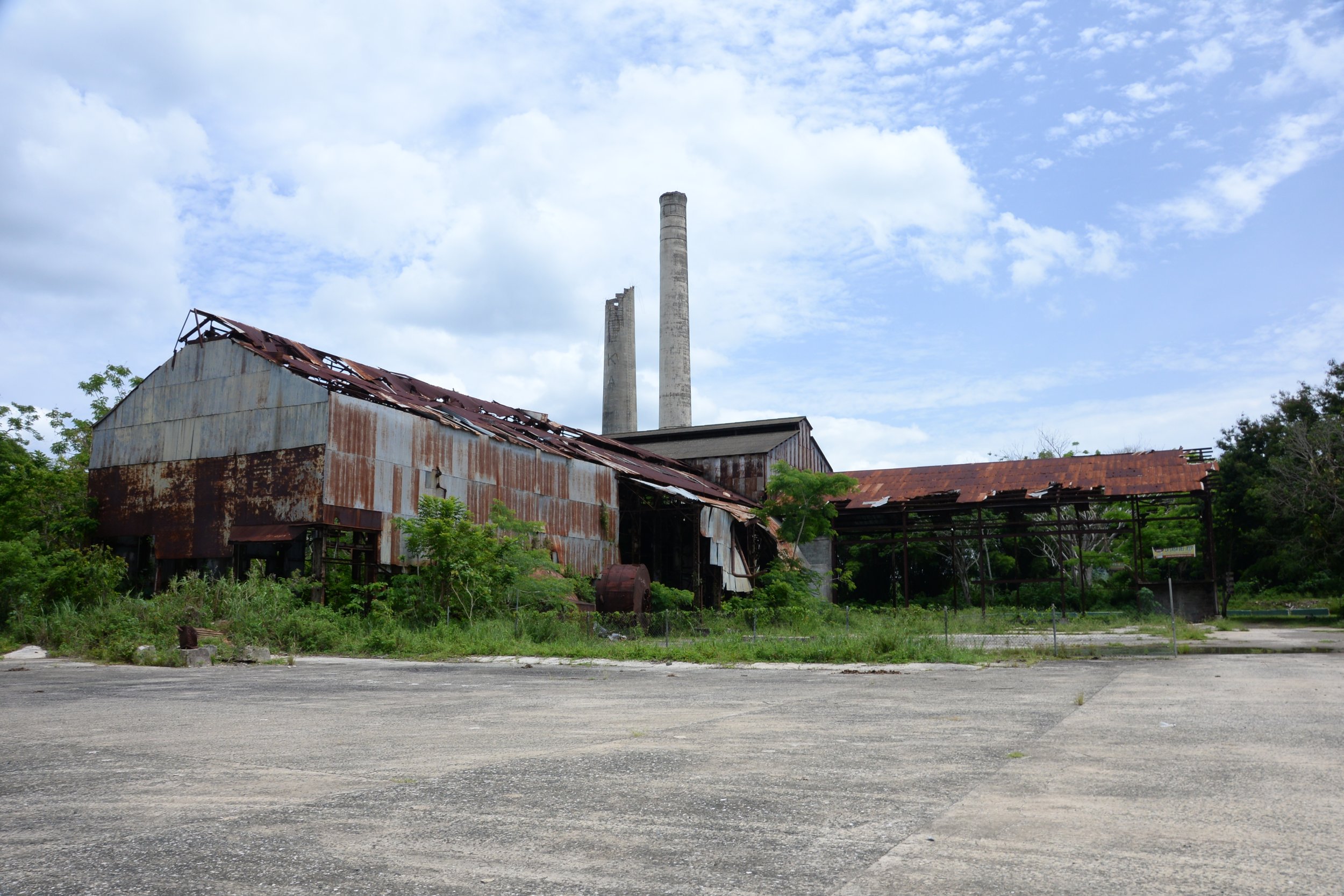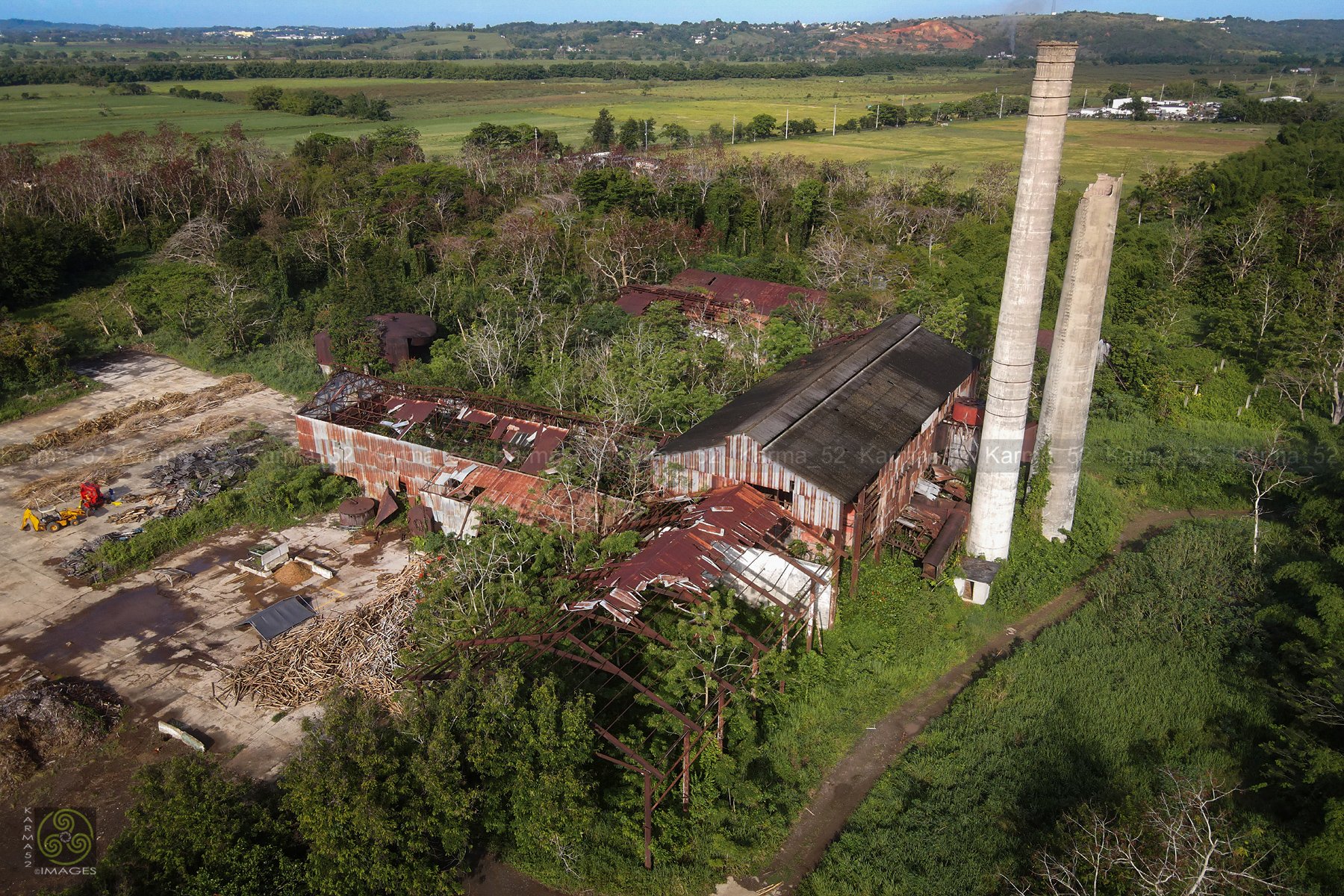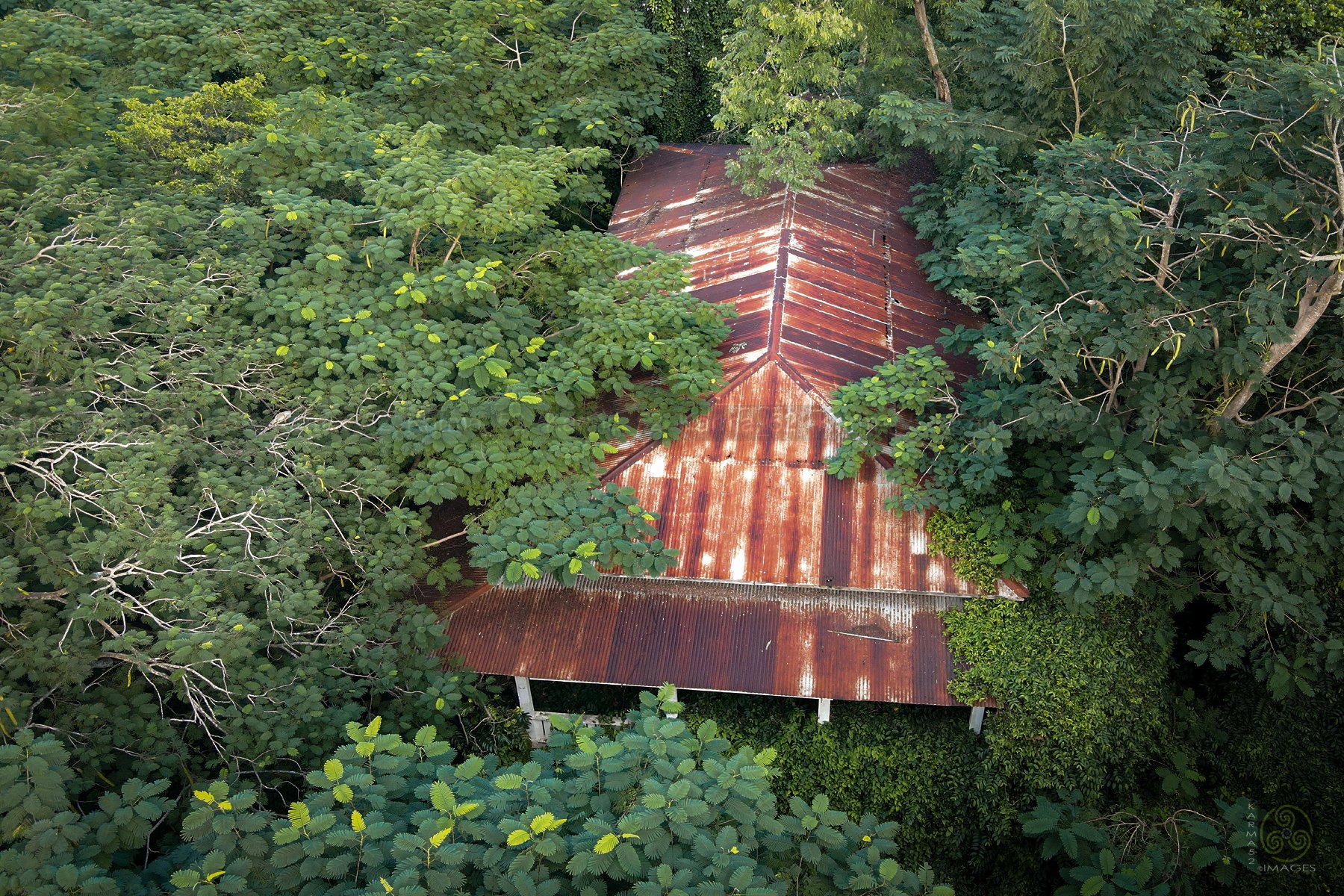
Central Eureka
Location: Hormigueros
Date Established: 1907
Date Ceased Operations: 1977
Annual Production Graph
Average Annual Production: 20,964 Tons
Best Production Year: 1951/41,075 Tons
Family Ownership: Fajardo, Garcia Mendez
Corporate Ownership: Central Eureka, Inc.
The origin of what years later would be Central Eureka can be traced back to Hormigueros native Mateo Belvis Taveyra (1759-1832) and his wife María Antonia Garcia-Pagán Montalvo (1763- ). Its date of establishment is considered to be ca. 1827 just five years before the death of Mateo. Mateo and María Antonia had three daughters; Manuela Belvis Garcia who married José Antonio Ruiz Gandía and were the owners of Hacienda Josefa and the parents of well known abolitionist Segundo Ruiz Belvis, Maria Luisa Belvis Garcia (1793- ) who married Pedro Pascasio de Cardona Quiñones and Maria de Jesús Belvis Garcia ( -1854).
José Ferreras Pagán in his 1902 book Biografía de las Riquezas de Puerto Rico states that Hacienda San José was established by Maria Antonia and her daughter Maria de Jesús, who in 1822 married Venezuelan immigrant from Barinas Carlos de Fajardo Lara (1790-bef.1843). He states that Maria Antonia and Maria de Jesús added by acquisition several parcels of land with small trapiches southeast of the Rosario River which they called Hacienda San José and that later, presumably upon the death of Maria Antonia, Maria de Jesús became sole owner of the hacienda.
Carlos Fajardo Lara died prior to 1843 when that year and again in 1844 Maria de Jesús, then a widow, requested water rights to extract water from the Rosario River for use in a hydraulic powered mill installed at her three hundred fifty cuerdas Hacienda San José. In 1854 upon the death of María de Jesús, the hacienda was inherited by her son Carlos Manuel Fajardo Belvis “Marqués De La Plata” (1822-1890). Carlos Manuel Fajardo Belvis married his first cousin Luisa Cardona Belvis (1830-1902), the daughter of Maria Luisa Belvis Garcia and Pedro Pascasio de Cardona Quiñones. Carlos Manuel and Luisa had five children; Maria Monserrate (1855-1897), Antonia (1857-1920) who married Augusto Perea, Mateo (1862-1934) of whom more is said below, Luis (1868-1938) who in 1891 married his fifteen year old niece Maria de los Milagros Perea Fajardo and Pascasio (1873-1915) Fajardo Cardona.
Carlos Manuel installed a steam mill and by 1868 Hacienda San José became an ingenio consisting of one thousand six hundred sixty seven cuerdas. According to the slave register "Libro de Empadronamiento de Esclavos", in 1871-72 haciendas San José and Luisa Josefa, owned by Carlos Manuel Fajardo had one hundred forty seven slaves. That, after losing seventy three slaves to Cholera epidemic of 1865. The drop in sugar price and the general economic crisis in Puerto Rico at the end of the 19th Century, caused great losses and made Fajardo switch temporarily to growing rice and cotton among other agricultural products. Upon the death of Carlos Manuel Fajardo Belvis in 1890, the property passed on to two of his five children; Mateo and Luis.
Central Eureka, Inc. was incorporated in 1907 by Mateo and Luis Fajardo Cardona, Antonio R. Cabassa Tassara, Clemente Javierre Lopez (1874-1930) and David L. Thompson, the former engineer at Guanica Centrale and representative of the Newhall Engineering Co. of Philadelphia and Fulton Foundry & Machine Works of Atlanta. Structures and lands of Hacienda San José, which at the time were substantially not in use, were the basis for the new venture. Mateo Fajardo Cardona operated Eureka until his death, during his time at the helm Central Eureka flourished as a very productive sugar mill.
Mateo Fajardo Cardona first marriage was to Emilia Davila Mercader (1869-1921) with whom he had nine children. While married, Mateo had a relationship with Antonia Cabassa Texidor (1882-1973) of which one son was born in 1917. In December 1921, Mateo married Antonia just four months after Emilia's death. In 1899, Antonia had married Diego García Saint Laurent (1866-1904) of which union four children were born; Jorge. Zulma, Oscar and Consuelo García Cabassa. At the time of his marriage to Antonia, Diego was a widower with four children born of that marriage; Diego, Jesús Maria, María del Carmen and Maria Teresa García Mangual. In addition Diego had two children born out of wedlock named Margarita and Rosario García Hernández.
At the time of his death in 1904, Garcia Saint Laurent had a substantial net worth including a sugar factory called "Santana". That same year, the court declared as Garcia Saint Laurent only heirs his widow and ten children, and appointed the widow as executor of the his estate. It is claimed that in 1905 while the executor of Garcia Saint Laurent's estate, Antonia Cabassa Texidor inapropriately disposed of lands and machinery from the Santana sugar factory belonging to García Saint Laurent's estate and contributed them to Central Eureka, Inc., thus depriving García Saint Laurent's children from their participation in the totality of his estate.
Three years after Mateo Fajardo Cardona's death, in 1937 the principal stockholders of Central Eureka, Inc. were Gabriel Soler, Jaime Anexy, his widow Antonia Cabassa, their son Teodoro (Teddy) Fajardo Cabassa, his son Carlos Fajardo Davila, his daughter Lydia Fajardo Davila and the estate of two of his deceased sons Sucn. Mateo Fajardo Davila (1894-1938) who married Carmen Roger and Sucn. Jose A. Fajardo Davila (1891- ) who married Inez F. Davis.
Numerous legal battles ensued lasting for decades after the death of Mateo Fajardo Cardona. By reading the transcript of the Appeal to the United States 1st Circuit Court of Appeals, an understanding of this legal battle can be obtained. One of these cases known as Garcia Monagas v. Garcia Mendez was decided in 1997 by the Puerto Rico Court of Appeals. One of the issues considered in this case was the involvement of Miguel Angel García Mendez, who also had ownership in Central Igualdad, as an investor in Central Eureka, Inc.
This sugar mill is located in a large valley suitable for sugarcane growing blessed with plenty of rainfall beneficial for high yielding sugarcane. Iin 1977 it was acquired by the Government and shut down. The last seven drone pictures below were taken by Carlos Alemán in May 2024, the last one is of a structure believed to be from the Hacienda San José days due to its brick construction.



























